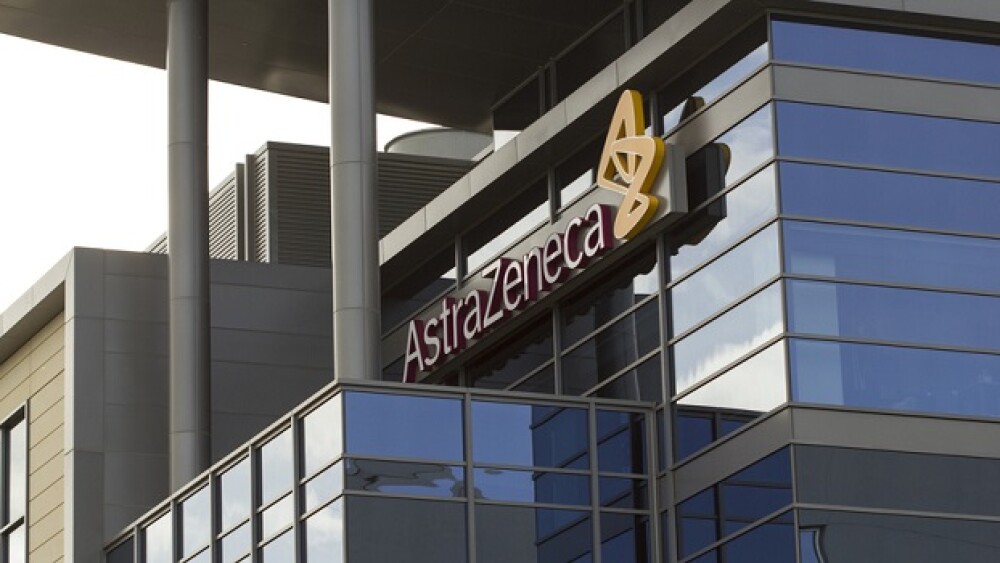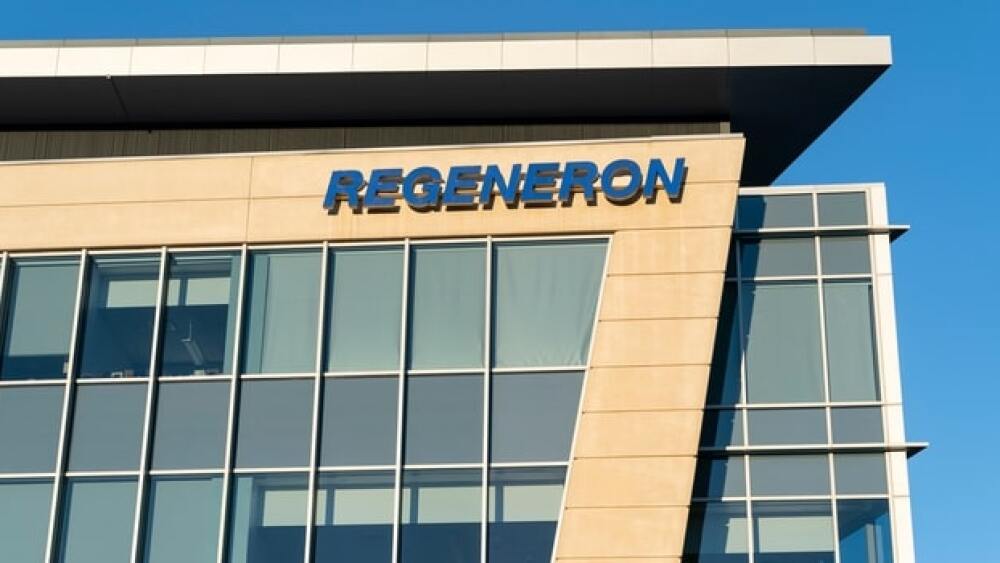5AM Ventures and Wu Capital joined existing investors Frazier Healthcare Partners and Jubilant Biosys Limited.
IniPharm raised $35 million in a Series A financing round. The company was founded in 2018 and focuses on liver diseases. 5AM Ventures and Wu Capital joined existing investors Frazier Healthcare Partners and Jubilant Biosys Limited.
The company plans to use the funds to advance its lead program through Investigational New Drug (IND) filing and into clinical trials. IniPharm is focusing on fatty liver disease, cirrhosis and others, such as nonalcoholic steatohepatitis (NASH), which is a fatty liver disease similar to cirrhosis, for which there are no approved therapies. The company’s technical focus is on a genetic variant, HSD17B13, which Brian Farmer, company chief executive officer, says “confers pretty amazing protection against liver disease.”
He was referring to a 2018 study published in The New England Journal of Medicine. In the study, the investigators reported that the variant decreased the risk of alcoholic liver disease by 42%. It apparently does not prevent alcohol or misfolded proteins from causing disease, but seems to slow progression to more serious illness, preventing “inflammation and the fibrosis and the cirrhosis that are what you really worry about,” said Farmer.
As part of the financing, Brian Daniels, partner at 5AM Ventures, and Hannah Chang, managing director of Wu Capital, joined IniPharm’s board of director.
“HSD17B13 is a fascinating target with strong genetic links to numerous liver diseases,” said founding board member Dan Estes, general partner at Frazier Healthcare Partners. “The IniPharm team, along with CRO partner Jubilant Biosys, has made excellent early progress in modulating this target with small molecules, and we are thrilled to support the company to accelerate their efforts towards the clinic.”
IniPharm’s executive team includes Farmer, co-founder and chief executive officer, who is also entrepreneur-in-residence at Frazier Healthcare. He was the chief business officer and chief financial officer previously at Cirius Therapeutics, and chief business officer of Mavupharma before it was acquired by AbbVie. Heather Hsu is acting as Inipharm’s chief scientific officer. She previously held roles at Gilead Sciences and Calistoga Pharmaceuticals. Vince Florio leads pharmacology and was previously with Mavupharma. Joshua Odingo heads chemistry and was also with Mavupharma. Michael Gallatin, co-founder of Inipharm, serves on the board of directors and chairs Inipharma’s scientific advisory board. Bob Baltera, chief executive officer of Cirius Therapeutics also serves on Inipharm’s board.
“Our team of drug discovery and development experts, who built Mavupharma’s program to target the STING pathway, is developing small molecules to target HSD17B13 as an alternative to other approaches based on RNA knockdown,” said Farmer. “The potential for therapies that effectively target HSD17B13 activity is significant because it is linked to a broad spectrum of liver and related diseases.”
Although Inipharm hasn’t given a specific timeline, Farmer did suggest that 2021 was going to be an important year for the company. Nor are they the only company to target the HSD17B13 gene—Regeneron Pharmaceuticals and Alnylam have also partnered on it using an RNAi gene silencing approach, which is different than Inipharm’s.
While RNAi gene silence does exactly what it says—turns off a gene—Inipharm’s approach is to use small molecule drugs to modulate and inhibit the HSD17B13 protein produced by the gene. Farmer believes that there may be reasons to have the protein present and that the biggest NASH concerns come later in the disease, with fibrosis (scarring) and the progression to cirrhosis.
NASH has been a notoriously difficult target, with Cirius, with Farmer’s involvement, flopping on a NASH drug and Gilead also failing in two large Phase III studies in 2019. CymaBay’s NASH drug appeared to make patients worse.
NASH is a juicy target, even if there’s quite a bit of debate over the market size. The National Institutes of Health (NIH) estimates between 3% and 12% of U.S. adults, possibly 10 million to 30 million, are affected by NASH, although some analysts think those numbers are extremely inflated. Some companies believe the market could be worth $35 billion, although others rate it around $14 billion to $20 billion. RBC Capital Markets actually models much lower, at $7 billion by 2026.





